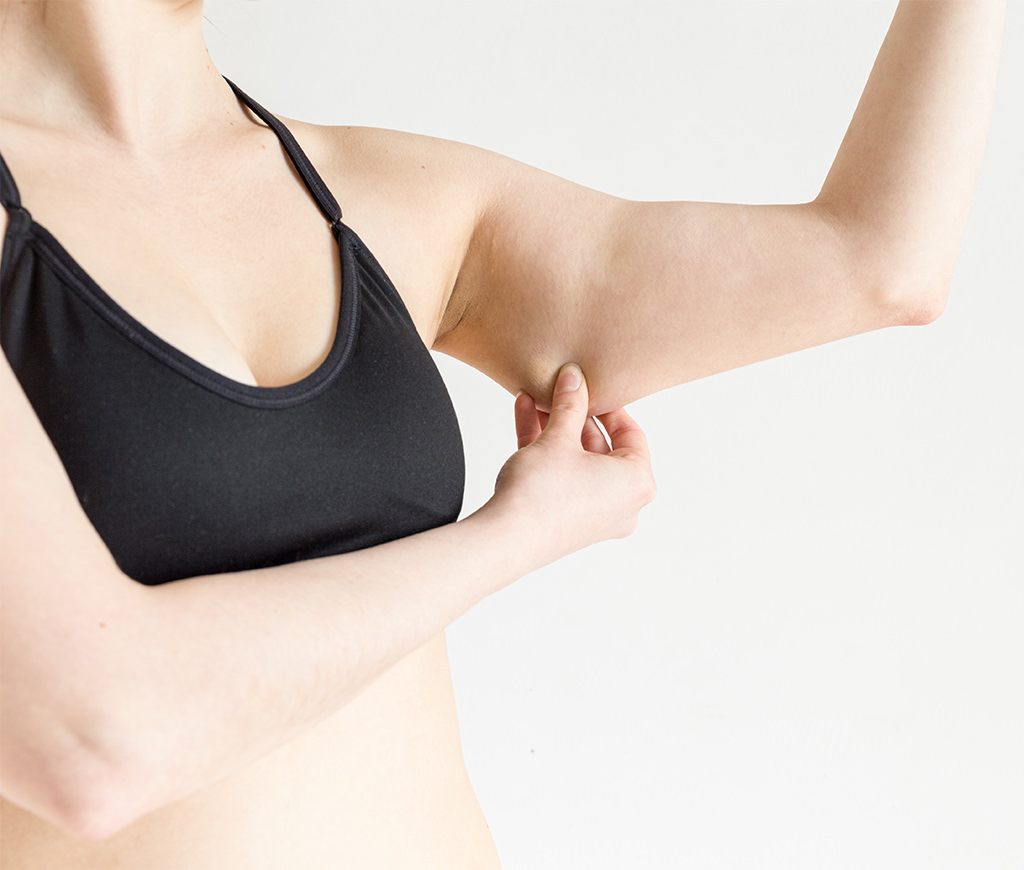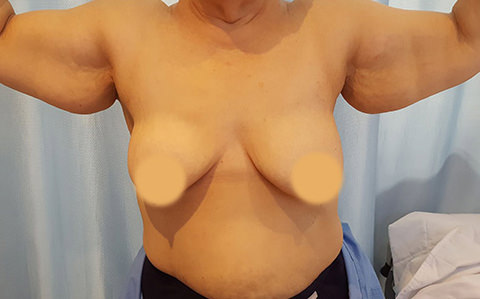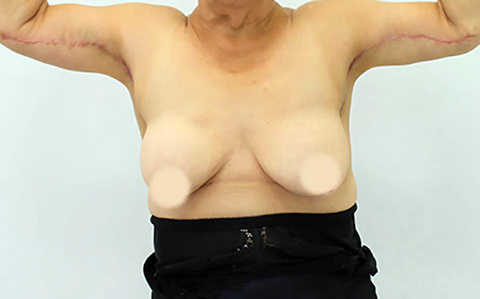Aging, weight loss and heredity can all contribute to developing loose, sagging skin on the upper arms. Redundant skin and excess fat in this area are often unresponsive to exercise, and in some cases, weight loss can even worsen it.
At Phi Plastic Surgery, we believe everyone deserves to enjoy life confidently. Brachioplasty surgery, also known as an arm lift, removes excess skin and fat from the upper arms and restores the upper arm’s contour to create a tighter and more youthful-looking appearance.

 PLASTIC
PLASTIC



